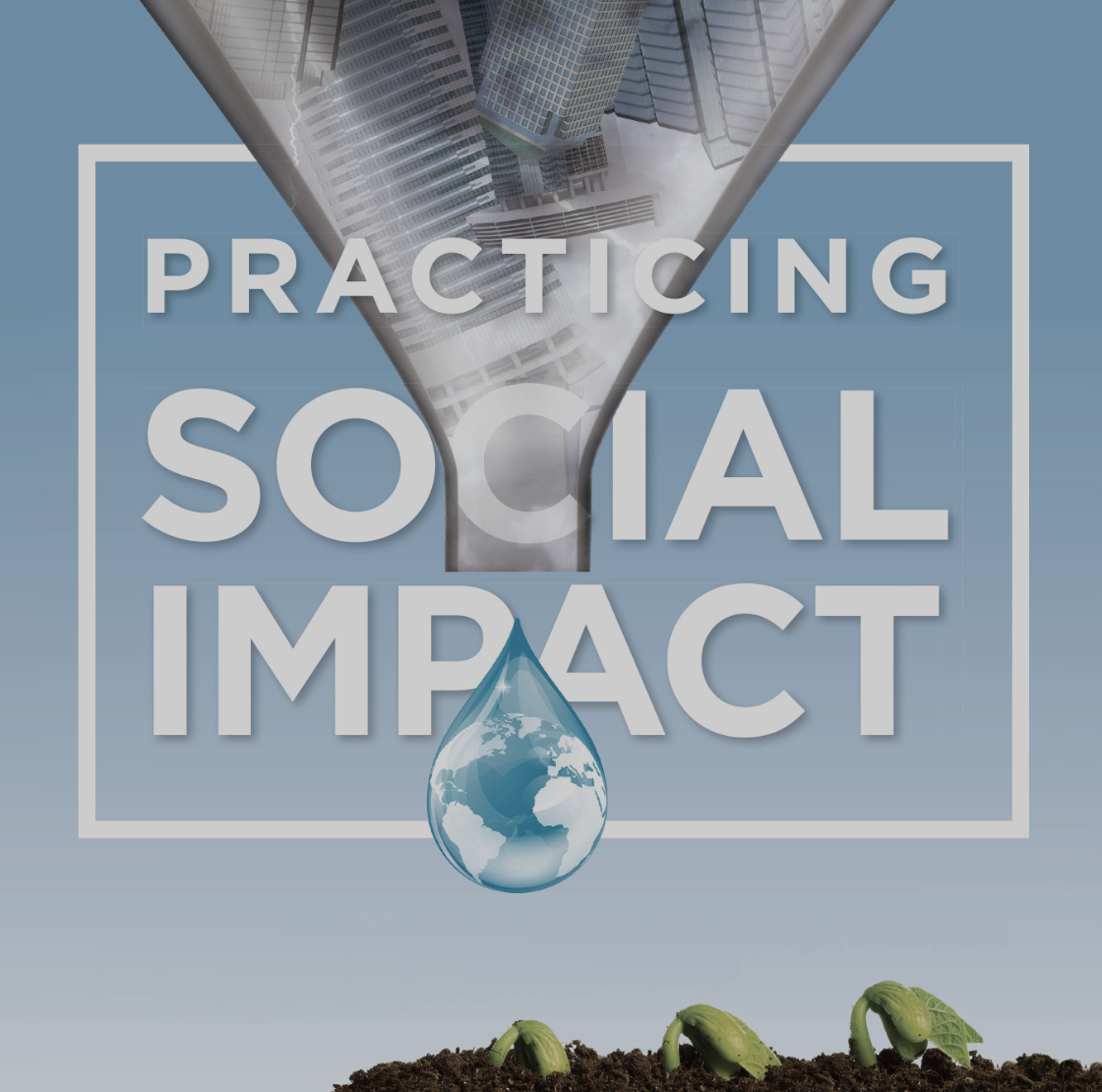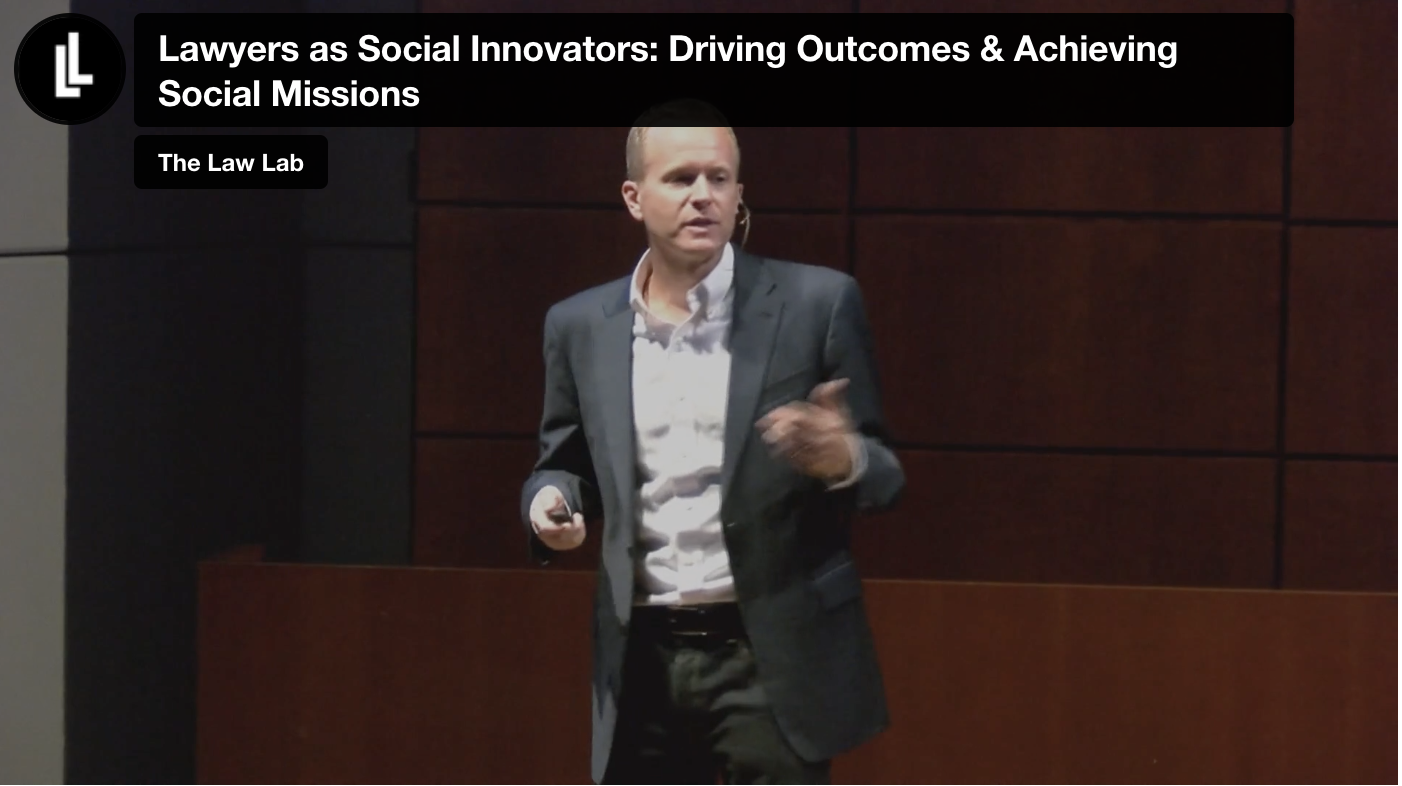There’s a simple formula for year-end success. And a successful year-end is the key to your new year potential (double bonus)!
Read on to learn how to make your year-end evaluation process constructive, consistent, and compliant, with our top 20 tips for year-end success!
Year-end reviews are critical for every high-performing organization. But an optimal year-end review process requires the right intent and focus, and is just one piece of a consistent year-round approach of regular reviews and check-ins. In fact, year-end reviews aimed at simply administering human resources decisions (such as pay raises, bonuses, demotions, and terminations) are not only ineffective on their own—they can be counter-productive, limiting employee innovation and creativity, fostering a competitive environment, and destroying morale.
A number of high-profile organizations (like GE, Microsoft, and others) have actually upended their year-end review processes over complaints about their "rank and yank" systems that caused HR to focus more on the process than the goal, opting instead to adopt regular supervisor check-ins (either formally, via bespoke apps or internal systems, or informally, over coffee breaks).
A workplace where an employee's future (or lack thereof) at an organization is judged based on a looming year-end meeting is not a happy workplace. But abolishing year-end reviews is not the solution either.
Instead, regular supervisor check-ins throughout the year should always be a priority, regardless of the identified performance evaluation process. Beyond that, well-designed and executed year-end reviews (along with their friend, the mid-year review) are necessary to provide consistency to the employee engagement process. They provide a regular and reliable opportunity for supervisor and team member alike to discuss and assess progress on employee goals, collaboratively address and/or check-in on action plans, and proactively discuss performance concerns and challenges.
Performance reviews also help document employee performance and related conversations, which helps protect the organization in the event of an employee termination. In wrongful termination cases, performance reviews are often the only documentation employers have that they consistently communicated with an employee about their performance.
Needless to say, year-end reviews should not be the first time employees receive feedback about their performance, nor should an employee's future hinge on the outcome of their performance review.
As we previously shared, mid-year reviews are necessary for successful year-end reviews. And this two-part process is made even more effective with regular supervisor check-ins to discuss performance, progress on goals, and concerns. One of the employee engagement tips we regularly share with clients is if it can be mentioned, it can be managed. So providing frequent opportunities to mention performance needs and expectations on both the employer and employee side only enhances employee management. It’s a win-win!
With that said, there are simple and effective ways for employers to make year-end reviews more successful—and less painful—than their reputation often suggests.
Below is a handy year-end review checklist to help make sure your organization is on the right track.
THE TOP 20 TIPS FOR YEAR-END SUCCESS
Tips for Employers
Before employers embark on the performance evaluation process, it's critical to ensure they've got the following covered:
Follow a Consistent Template. Every performance evaluation within the organization should follow a consistent template and format that includes an employee self-assessment followed by a corresponding supervisor assessment. Strong design begins with consistency!
(If you don’t have a template, contact us!)Establish Clear Expectations. Make sure team members receive clear communications and information on how self-assessments should be filled out, as well as criteria that will be used for evaluations by supervisors, so team members know what to expect (and what to do)!
Train the Evaluators. Don’t take for granted that supervisors will automatically conduct great performance reviews. In fact, reviews can be quite difficult and, at times, awkward to conduct. Employers should train supervisors how to conduct reviews that are specific, honest, comprehensive, clear, and—most importantly—objective and non-discriminatory.
Ensure Employees Have Position Descriptions. Every employee should have a position description (which is different from a job posting!) that outlines the essential functions of their job. This position description should be the guide for the performance evaluation process, lending to a discussion about the employee's performance on each essential function.
(If you don’t know the difference between a job posting and a position description, we’re happy to guide you through it!)Conduct Timely Reviews. Between completing the self-assessment, completing the corresponding supervisor assessment, and scheduling and conducting review meetings, the year-end review process takes time! Begin the process early (no later than early November, and ideally in October) to ensure reviews are completed before mid-December, when folks start to take time off for the holidays (and your Board is meeting to approve next year’s budget, which should include salary changes resulting from the year-end review process)!
Don’t Over-Hype the Review. Don’t get us wrong, we love performance reviews (in fact, we’re total nerds about them). But they are not everything. Entire personnel decisions should not be based on the outcome of one review. Instead, as noted above, this should be the latest in a series of an ongoing, year-round, super comfortable employee engagement process with performance evaluation baked in. So keep formal and informal performance-related conversations with employees frequent and consistent, so that by the time the performance review comes, it’s just an easy part of an ongoing conversation and, ideally, there are no surprises (or at least only good ones—in the form of bonuses, salary increases and/or promotions)!
Debrief with Supervisors Following Reviews. Meet with supervisors to discuss performance reviews, uncover any common trends or feedback, and identify team members with low performance for additional follow-up. Consider placing team members with concerning and/or consistently poor performance on a formal performance improvement plan (PIP).
(And if you need help with employee engagement and/or a good PIP, contact us!)
Tips for Supervisors
Below are some tips for supervisors engaging in the performance review process:
Use the Position Description. Few tools in an organization are as value-packed as the Position Description (PD). Review the employee’s PD and the Essential Functions contained in it in advance of the meeting. Evaluate performance based on the Essential Functions against actual performance. Be prepared to discuss the employee’s performance with clarity and specificity. A great PD makes this easy!
(If you don’t have a PD template, reach out and we’ll provide the best available!)Reference Prior Evaluations. Supervisors should review the most recent performance evaluation (if applicable), specifically focusing on areas for improvement and employee goals as outlined in those prior reviews.
Be Specific. Keep employee feedback specific, including examples of performance that was valued, what the employee should continue doing, what the employee should start doing, and anything the employee should stop doing (or do differently). Provide concrete examples of performance to share with the employee. Always track back to Essential Functions in the PD.
Do Not Neglect the Strengths. Focus on (and begin with) employee strengths. While it is critical to discuss areas for improvement, focusing on strengths as well will motivate the employee to grow.
Be Direct. Don’t dance around performance issues. Honesty, clarity, and specificity are critical. Be direct and clear about inadequate performance, as well as how an employee is expected to improve their performance (and, if necessary, a warning that consequences may follow if their performance does not improve).
Don't be a Jerk. Performance reviews can be tough for supervisors and employees alike (ideally, they aren’t, but they can be). Avoid a critical tone, sarcasm, defensiveness, or jokes about an employee's performance. Keep the discussion professional and kind. When in doubt, default towards a dispassionate focus on facts. This helps keep the process as professional as possible.
Seek Solutions. If an employee expresses concern about successful performance of their Essential Functions and/or goals, work with them on developing practical solutions (and check in regularly following the meeting to ensure they are sticking to the plan!). Let them know you are there to support them in succeeding. Remind them that you both share the same goal: success for them and the organization!
Be Objective. Basing performance reviews on subjective criteria (e.g., general effectiveness) rather than specific criteria leaves room for conscious and unconscious bias to creep in, and can subject an employer to liability. Specific feedback based on consistent standards is essential to effective and compliant evaluations.
Keep it Comfortable. Environments have energy. Create a comfortable environment for a comfortable conversation. Hold the conversation face-to-face (even if virtual) and in a private place to facilitate a more positive conversation.
Keep it Conversational. Remember, this is a two-way conversation. Do not dominate the conversation. Instead, facilitate a free-flowing discussion between the supervisor and the employee.
Practice Active Listening. Listen closely to what the employee says, paraphrasing and asking for more information where appropriate to ensure a correct understanding.
Document the Discussion. Take notes! Document the important points made in the discussion. Remember, this will be on record for any personnel decisions that may be made due to performance issues. Rather than constantly writing during the conversation (which can be uncomfortable for the employee), spend a few minutes immediately after the meeting making notes on the conversation. It’s critical to take notes as soon as the meeting ends while the observations remain real-time and fresh in your mind.
Follow up. Don't let the performance reviews be the only time you discuss employee performance! Check in regularly to see how the employee is progressing on the established goals, objectives, and timeframes.
(Need help with your year-round employee engagement and review process? Contact us!)
There you have it—20 steps to year-end success! While it will take effort on behalf of your organization’s management to follow the process outlined here, there are few things more important than taking care of the people who take care of your important work! Employee engagement is the name of the game—every year-end, but especially at the end of 2020!
If you need help with any of the above, don’t be shy about reaching out and connecting with us. If we can help you with a tip, tool, or other resource, we’ll be happy to do so! Just click below to email us directly.















